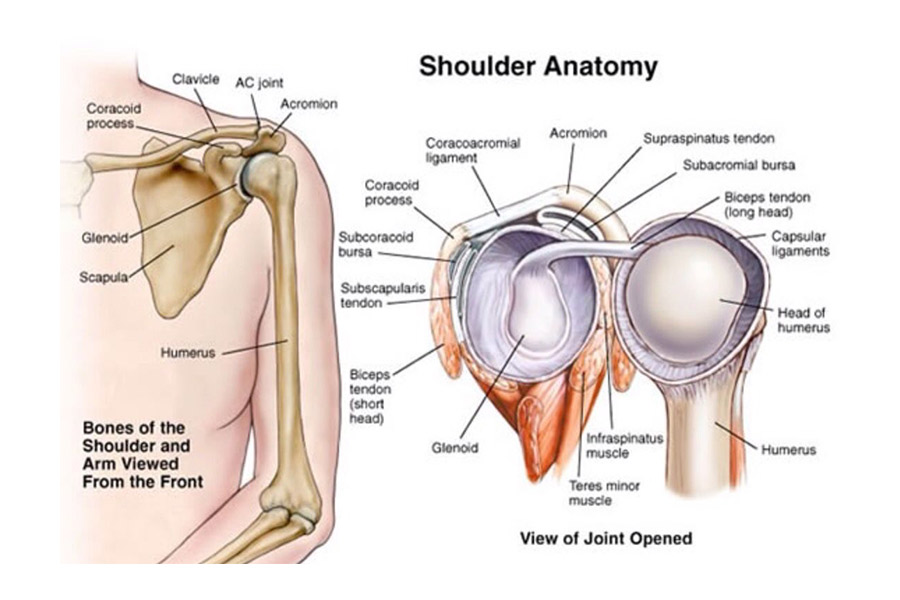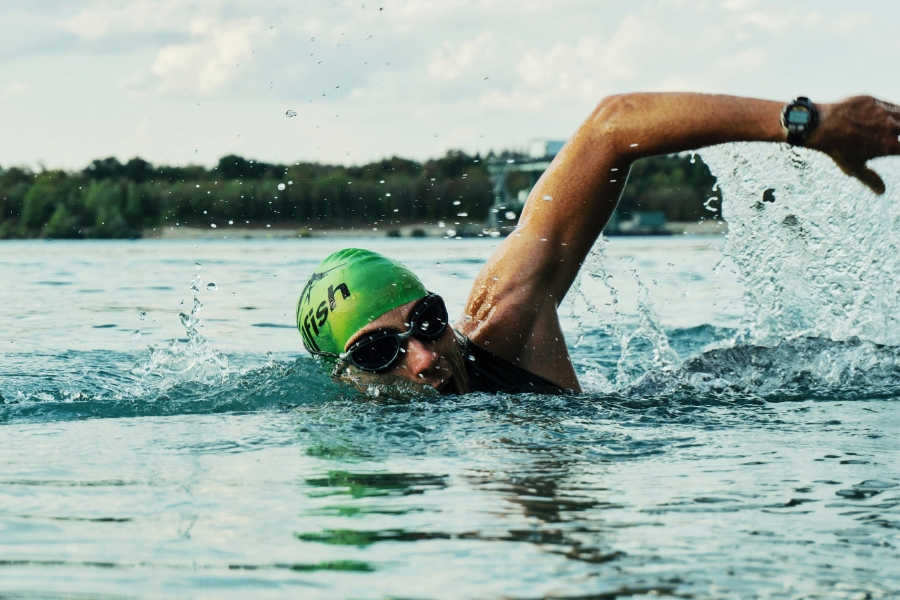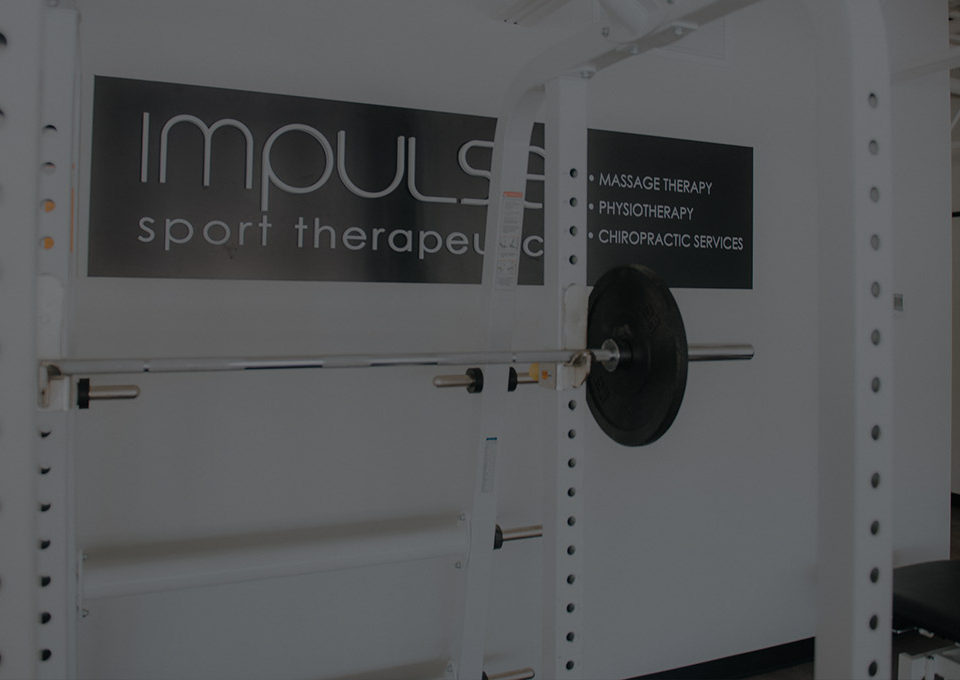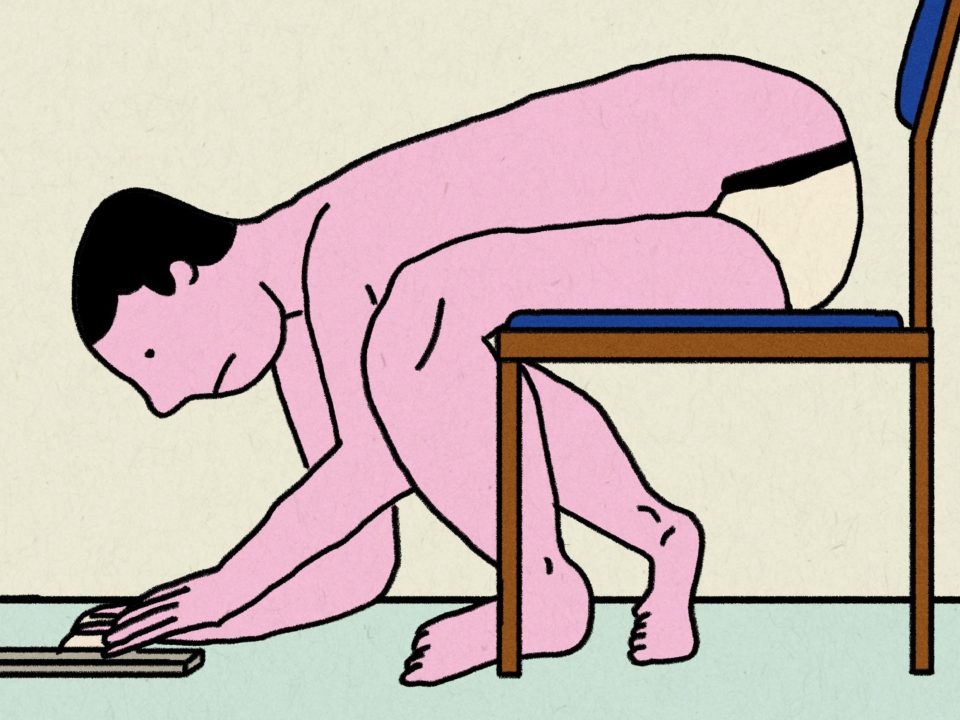A common injury
Shoulder injuries are prevalent among athletes and non-athletes alike. And, while the specific structures causing the pain such as muscles, tendons, nerves or joints can vary, one particular factor unites most, if not all, shoulder injuries. Scapular Dyskinesis. This is a foreign term for most patients and even some health practitioners(scary, we know) but it often plays a significant role in the underlying cause of shoulder injuries.
What is it? Let’s break it down!
Scapula – your shoulder blade, the large bone that sits on top of your rib cage and holds your shoulder socket
Dyskinesis – dysfunctional movement
Faulty movement
Combine those terms and you have yourself a recipe for faulty movement and chronic pain. In a perfect world, the shoulder blade and the muscles that control its movement provide the stability necessary for the healthy movement of the glenohumeral joint, the actual “ball and socket” joint of the shoulder.

A strong and mobile foundation
Picture the nice solid concrete base of the house that is your shoulder. However, due to a variety of factors such as posture, occupational demands, repetitive strains or sleeping position, those important stabilizing muscles can lose the ability to perform their stabilizing job and other structures are forced to pick up the slack.
This results in structures like the rotator cuff, the labrum and the joint capsule trying to perform a job they’re not meant to do which eventually results in damage, pain and long-term injuries.
So, how do you know if you have scapular dyskinesis?
There are varying degrees of dysfunction when it comes to scapular mechanics. From complete nerve damage causing extreme scapular winging to subtle timing issues in the scapulohumeral rhythm, it is important to know where you fall in the spectrum of faulty scapulas. This takes an experienced clinician with competence in not only the anatomy and biomechanics involved but in your specific sport or activity and its unique requirements.
Prevent Shoulder Injury!
Our specialists at our West Vancouver and Port Moody clinics are renowned for their ability to assess, diagnose and treat stubborn shoulder issues.





